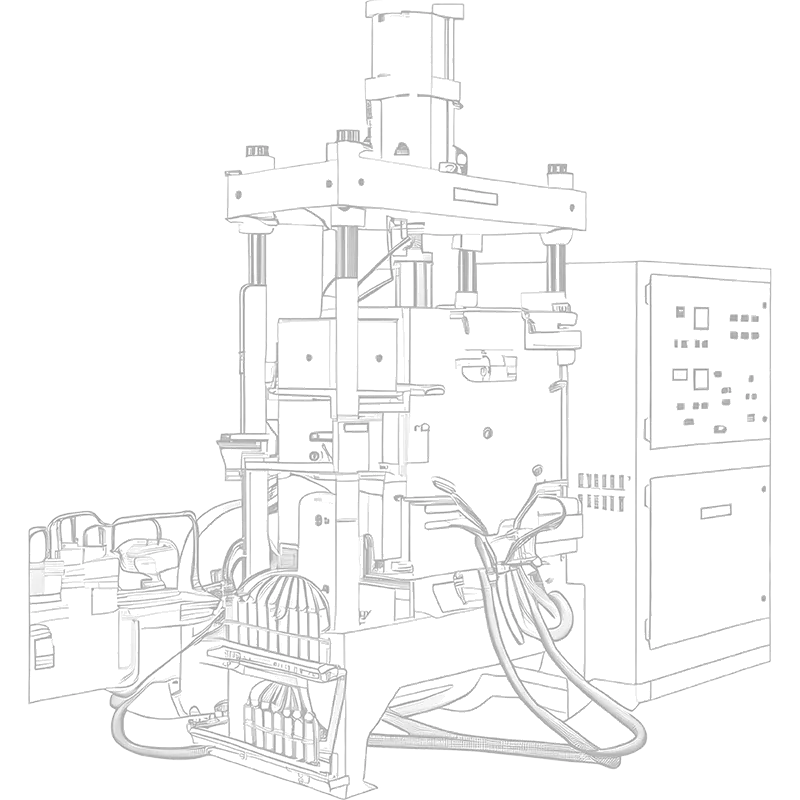Engineered for precision joining of both simple and highly complex components, these diffusion and brazing furnaces operate under controlled vacuum environments to ensure clean, high-strength metallurgical bonds.
Vacuum diffusion bonding and vacuum brazing are advanced joining technologies widely applied in high-spec industries such as aerospace, electronics, and medical devices. In aerospace, they are used for manufacturing turbine blades, engine discs, and other mission-critical components. In the electronics sector, these technologies enable the production of high-performance semiconductor devices and integrated circuits. In medical applications, they are essential for fabricating prosthetics, implants, and precision surgical instruments.
The table below provides a general overview of our vacuum brazing furnace models. Each system can be customized to match your specific production requirements.
| Force | 20-10000kN |
| Pressure accuracy | ±1%/±3% |
| Controllable pressure | 4%-100% / 10%-100% |
| Heating temperature | 900℃-1500℃ |
| Temperature control accuracy | ±1℃ |
| Temperature uniformity | ±4-10℃ |
| Ultimate vacuum | 5×10⁻⁴Pa |
| Working vacuum | 5×10 ⁻³Pa |
| Pressing head stroke | 120-200mm |
| Pressing head concentricity | ≤ φ0.1 |
| Pressure rise rate | ≤ 0.4-0.67Pa/h |
| Evacuation time for vacuum circuit | 40-70min |
| Cooling rate | 50-150min (1100℃-200℃) |
| Heat shield insulation structure | multi-layer metal heat shield or silica ceramic heat shield |
| Protective gas supply interface | Reserved interface of gas supply for superplastic forming |
| Dimensions | Customizable |
Vacuum diffusion bonding is a solid-state joining process in which tightly fitted components are held under controlled temperature and pressure in a vacuum environment for a defined period. At the microscopic level, atoms diffuse across the joint interface, creating a metallurgical bond without melting the base materials or requiring filler metal.
The resulting joints are exceptionally clean, with no visible weld seams, and maintain structural continuity even under high magnification. These bonds offer superior strength, excellent corrosion resistance, and eliminate the risk of cross-contamination making the process ideal for applications where material integrity and cleanliness are critical.
Vacuum brazing, when used in tandem or as a standalone process, allows for joining complex geometries with precise control and minimal distortion, offering flexibility across both high-volume and high-spec part production.
Complete turnkey solutions for forming equipment and production lines

Vacuum diffusion bonding is suitable for dissimilar metals, graphite, ceramics, dispersion-strengthened high-temperature alloys, metal matrix composites, and porous sintered materials.
We offer customized solutions based on product simulations, engineering analysis, and accumulated experience. Simply provide us with product details, and we will recommend a tailored configuration for optimal forming precision and long-term production reliability.
Our control system features real-time fault monitoring and alarm alerts. The system can pinpoint the exact failure location to help you quickly identify and resolve issues.
Yes. We consider your production type, whether industrial scale or research-oriented, and customize equipment based on the largest part dimensions. Future upgrades can be provided as your production needs evolve.
Yes, all our equipment, including high-temperature forming equipment, is non-standard and tailored to your process requirements. Customization includes size adjustments, function enhancements, material selections, and control system upgrades to meet your specific production goals.